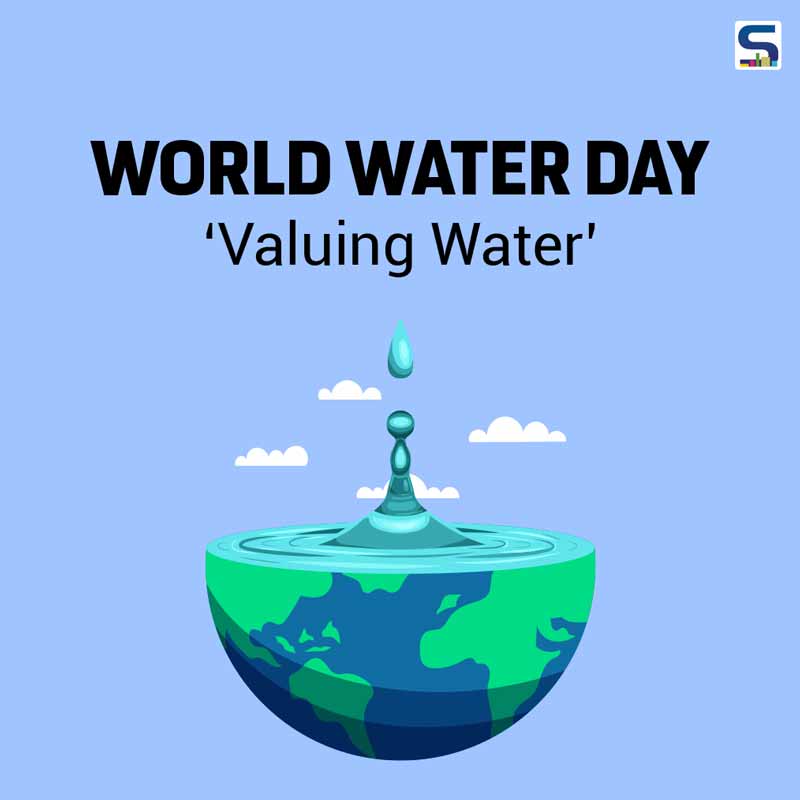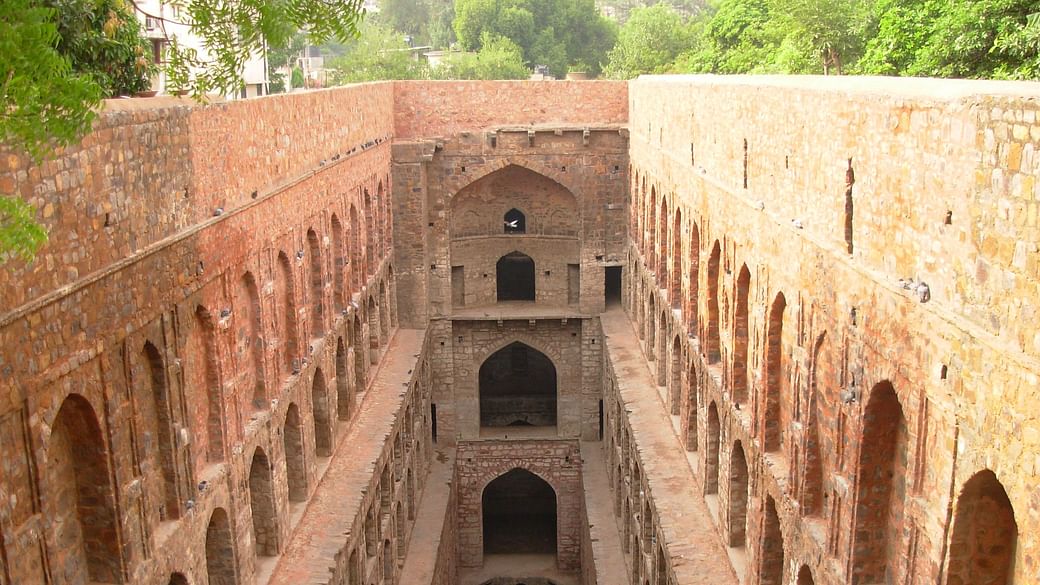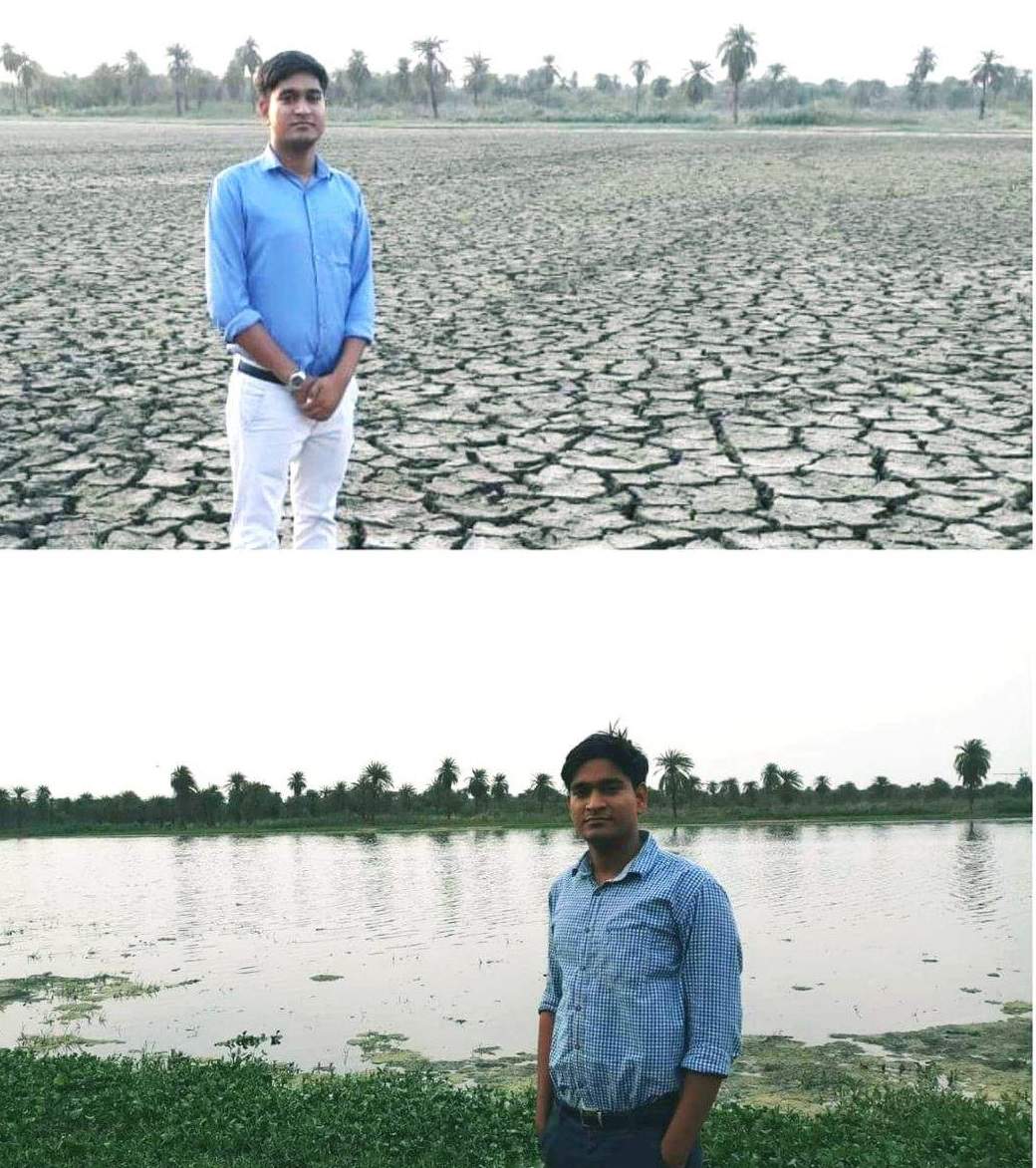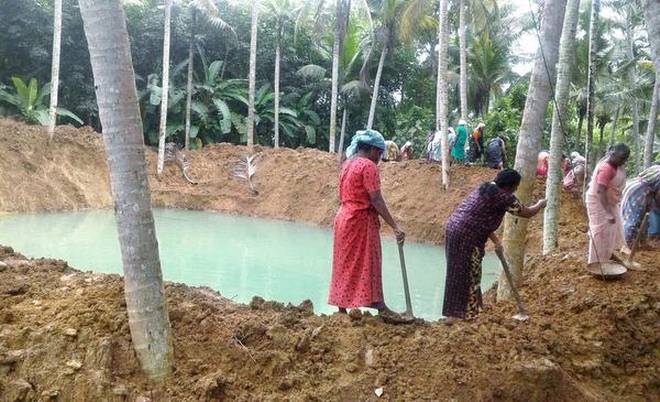
Water is one of the most abundant resources constituting almost 70% of the Earth surface. But this doesn’t entail that its every drop is useful. For the entire human race to exist, there is an urgent need to ensure a continuous supply of Fresh water. However, with the quickly depleting Fresh water resources, United Nations, during the 1992 Rio de Janeiro United Nations Conference on Environment and Development pledged to celebrate March 22 as the World Water Day. The initiative seeks to make communities aware about the importance of Fresh water, alerting people about the Global Water Crisis due to the rising population, rapidly increasing urbanisation, global warming and a callous attitude towards environment. SURFACES REPORTER (SR) celebrates the 28th WORD WATER DAY. This year, the UN theme for World Water Day is ‘valuing water’.
India’s status
According to the figures provided by United Nation, In 2015, 4.5 billion people lacked safely managed sanitation services (with adequately disposed or treated excreta) and 2.3 billion lacked even basic sanitation. The alarming figures led the goverments across the world to take some quick actions.
Envisioned to provide safe and adequate drinking water through individual household tap connections by 2024 to all households in rural India, the Jal Jeeven Mission launched by the Govt of India has proved to be trickier than expected.
In India, both rural and urban poor lack the access to enough clean water with disparities in the share of water as well. In addition, Ground water is used for around 64% of India’s irrigation needs, 85% of the rural drinking needs, and over 50% of the urban water needs.
With less than 2/5th of the goal met so far, the govt is all set to add another level to the goal where Urban India will be brought under its aegis and provided with Clean Water which multi-fold the existing challenges. For instance, in India, both rural and urban poor lack the access to enough clean water with disparities in the share of water as well. In addition, Ground water is used for around 64% of India’s irrigation needs, 85% of the rural drinking needs, and over 50% of the urban water needs, according to a joint NABARD-ICRIER report in 2019 which means our groudwater is rapidly depleting.
Read more: Elements of Life – Earth, Water and Air- Dominate the Interiors of This Nursery School
States including Punjab, Rajasthan and parts of Maharashtra are digging deeper holes to get access of the groundwater leading it to depleting at a faster pace than the rest of the country. Another major challenge is the water recycling, treatment and reduce wastage. For the next five years, the 15th Finance Commission has recommended that 30% of the state financing to rural and urban local bodies be tied to their performance on water supply and management. The quality of Drinking Water is also a concern with almost all urban cities failing the BIS standards in the quality of drinking water.\
States including Punjab, Rajasthan and parts of Maharashtra are digging deeper holes to get access of the groundwater depleting it at a faster pace than the rest of the country.
This implies that there are many challenges and the onus of responsibility falls majorly on the local administration to make sure that the water is being adequately distributed, wisely used and treated well before releasing into the natural water bodies. In addition, there needs to be efforts put together at local level to not only conserve the existing water resources but look and create alternate sources of water using teqniques such as Rain water Harvesting, Revival of dried ponds and Bawlis, Grey water recycling, Efficient irrigation systems, water saving equipments including faucets and showers etc.
Let’s look at some of the water conservation projects undertaken by individuals and governments that not only solved the water shortage problem in the small run but also created a hope for the depleting ground water table in the long run:
Bringing Baoli back to life in New Delhi

Being the capital of the nation, it only seems fitting that an effort that needs to be emulated in every part of the country must start from here. In an effort to solve the acute shortage of water, under the guidance of Archeological Survey of India (ASI), Delhi Jal Board has been asked to rejuvenate 12 water bodies, including Agrasen ki Baoli, Red Fort Baoli and Purana Qila Baoli. The NOC has already been issued by ASI for three baolis and the city will soon see the Mughal Era water bodies to come to life.
Locals reviving the village ponds

Ramveer Tanwar, an engineer from a village in Greater Noida has so far revived ten lakes by freeing them from garbage and engaging the local villagers to make them understand the true value of water. Ramveer and his friends devoted themselves to the cost while having regular jobs as well. He organises 'Jal Chaupal' in the villages to make them aware about the acute water crisis and lend their support for reviving their local water body. Ramveer and his team of core members and volunteers have revived over ten lakes so far, since their collaborative efforts that began in 2014.
Jalasamrudhi- From water starved to water abundance in three years, an effort of six panchayats
Launched in June 2016 by then MLA IB Satish in the water starved Kattakkada constituency of Kerala,‘Vattatha Uravakkayi Jalasamrudhi’ implied the concept of storing rainwater and then releasing it back into the ground through gravitational force. Without any proper guidelines and funds available, local methods including inland fishing, avoiding waterlogging through water storage, broadening the ponds, stream rejuvenation and recharging from quarry ponds were used to recharge the groundwater.

The effort was unique as kids from various schools were also made a part of the initiative. Here artificial recharging was done using two pits that could recharge 16,000 liters of water over 100 rainy days. In almost 300 farm ponds, 30,000 cubic liters of water was recharged for 100 rainy days. The ponds made for water conservation were then used for inland fishing providing as a source of income. Also, one school, in each panchayat, was used for setting up water quality testing facility. The world reconstruction conference held in Geneva in May 2019, declared Jalasamrudhi as a noble model for water conservation. The project has recently won the award for excellence at the National Water Innovation Summit organised by Elets Technomedia Pvt. Ltd. in association with the Union Ministry of Jal Shakti.
This list is not exhaustic, while there is a dire need to do more and more work towards Water Replenishement, Conservation, Restoration of Water bodies, Preservation, Minimising wastage, we would also like to applaud the work being done by several people, activists, citizen groups towards these be it revivng lakes, baoris, tree plantation across water bodies of through innovative product designs. Please keep sharing more and more positive stories as well as issues that require awareness and attention to us as press@surfacesreporter.com.
Keep reading SURFACES REPORTER for more such articles and stories.
Join us in SOCIAL MEDIA to stay updated
SR FACEBOOK | SR LINKEDIN | SR INSTAGRAM | SR YOUTUBE| SR TWITTER
Further, Subscribe to our magazine | Sign Up for the FREE Surfaces Reporter Magazine Newsletter
You may also like to read about: